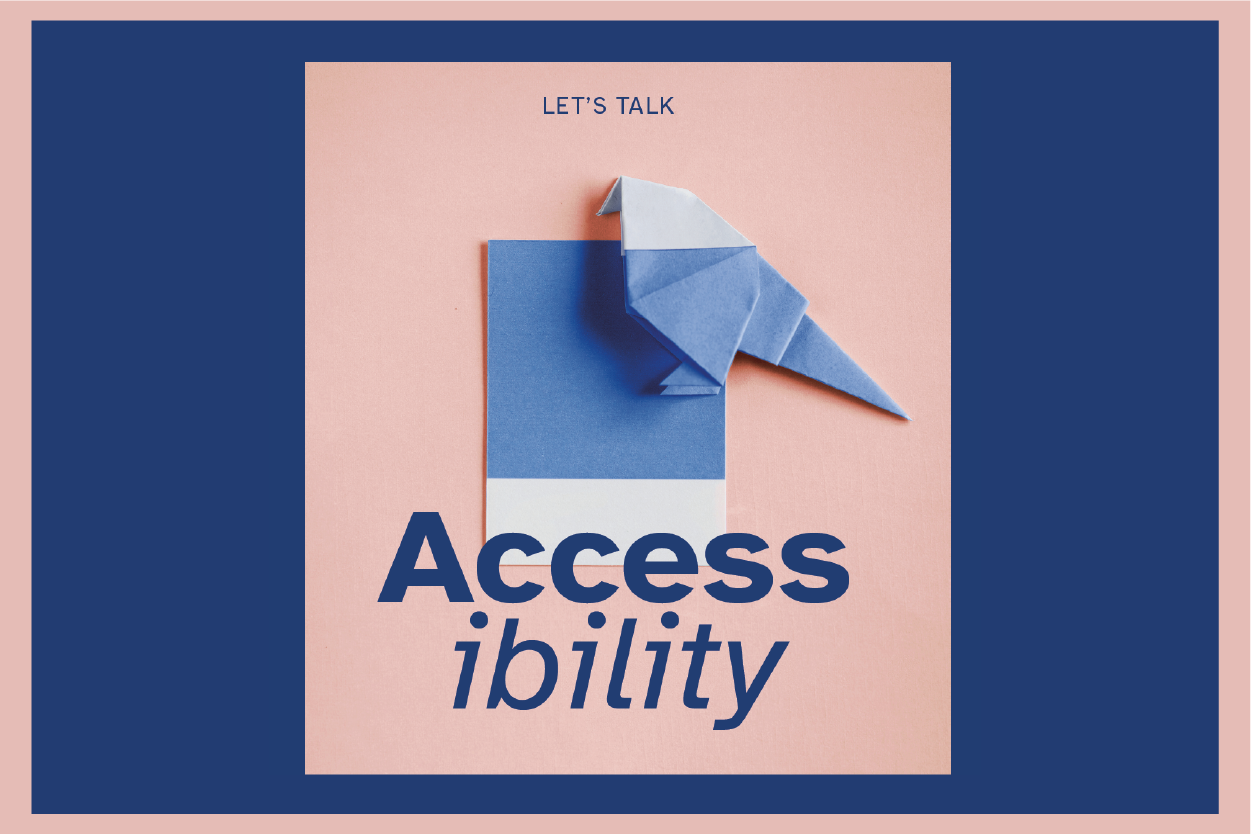Looking for guidelines to follow in your data viz accessibility journey? There are many great resources available that provide direction, best practices, and even some hard and fast technical rules. This curated list, while by no means comprehensive, includes insights from some of the best minds in the industry and will help to get you to the next level.
“Writing Alt Text for Data Visualization”: A high-level guide to writing alt text by Data Visualization Society co-founder Amy Cesal that was published in Nightingale in 2020. A great resource to get started with the practice.
“Are Your Visualizations Excluding People?”: From the Data Visualization Society’s 2021 Outlier Conference, this recorded presentation features Frank Elavsky, Larene Le Gassick, and Sarah Fossheim discussing examples of inaccessible data visualizations (with audio of screen readers), tips for improvements, and how to make the creation process more inclusive.
“Inclusive Design Principles”: If you need a quick-reference guide to ensure you’re hitting the most important accessibility factors, this cheat sheet of seven design principles compiled by Henny Swan, Ian Pouncey, Heydon Pickering, and Léonie Watson is here for you.
“Bridging Journalism’s Data Viz Accessibility Gap”: From the Reuters Institute at the University of Oxford, journalist Johny Cassidy (a screen reader user himself) explores the issue of unequal access to information and offers insights into the solutions (including alternatives to alt text) available today.
Microsoft Inclusive Design: Now in its second iteration, the software company’s comprehensive and influential toolkit lays out a methodology for changing your mindset, recognizing exclusion, and building products that reach everyone—regardless of physical or cognitive ability.
Chartability: This set of heuristics (decision-making strategies) compiled by Frank Elavsky enables data visualization practitioners to evaluate and stress-test their work for visual, motor, vestibular, neurological, and cognitive accessibility.
“The Do No Harm Guide,” Dec. 2022: Ready to dive into alt text? This report from the Urban Institute, edited by Jonathan Schwabish, Susan J. Popkin, and Alice Feng, is part of the larger “Do No Harm Project,” which has several reports on accessibility. The December 2022 edition outlines best practices for writing alt text and optimizing code for screen readers. Helpful for complete beginners and mid-level practitioners alike.
“Image Description Guidelines”: Not sure how to write alt text for that radial diagram, scatter plot, or timeline? This publication by the DIAGRAM Center, an initiative focused on accessible educational materials, is a great resource for chart-specific alt text guidelines.

Nightingale Editors
Our Nightingale editorial team currently consists of Alejandra Arevalo, William Careri, Jason Forrest, Elijah Meeks, and Teo Popescu. Reach us at Nightingale(at)Datavisualizationsociety.org










